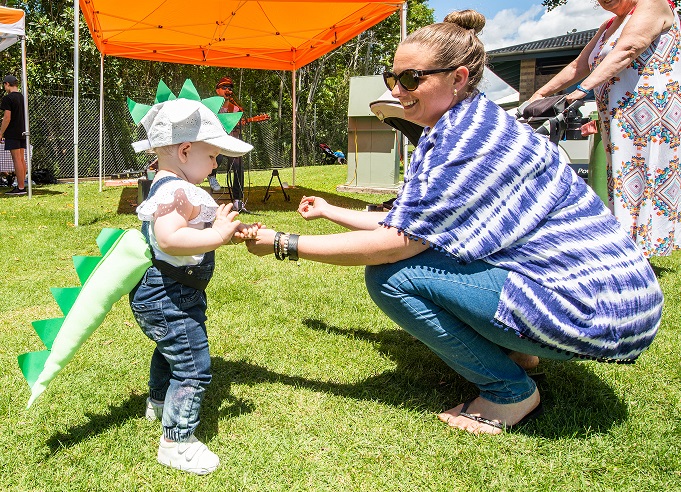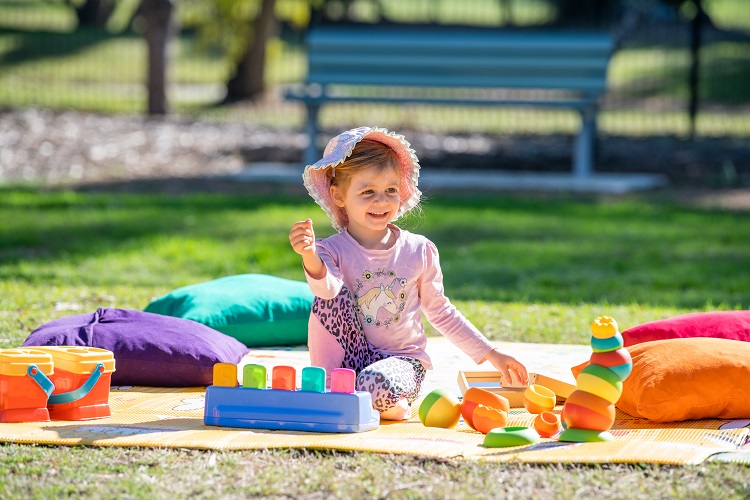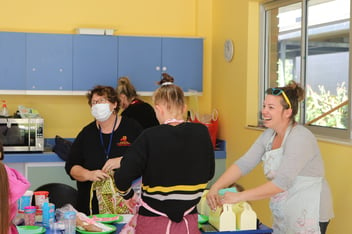
Bringing Sustainability into Play
Blog > Bringing Sustainability into Play

Bringing Sustainability into Play
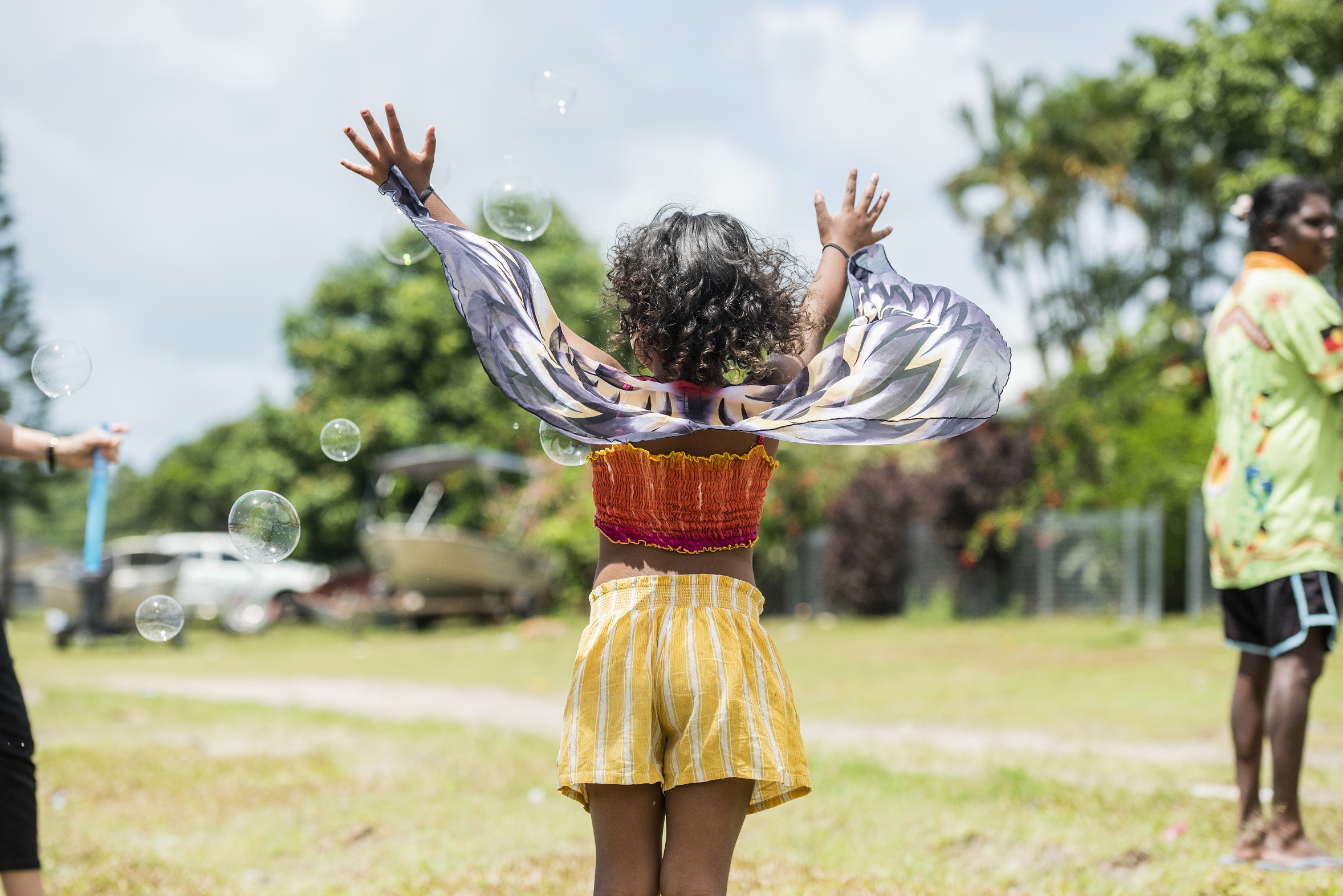
Children enjoy discovering different ways of using egg cartons and boxes without a thought for the impact of reusing materials that would normally be thrown away. They’re also fascinated by topics such as the weather, farming, recycling, animals and their habitats.
So giving children an understanding of the resources we use and how to reduce them is often an enjoyable and eye-opening process.
Encouraging children to be aware of environmental issues prepares them for whatever future challenges we may face. When we talk about sustainability as part of normal, everyday life it shapes their thinking to be eco-oriented - making their decisions more likely to be environmentally-friendly over their lifetime.
Why is learning about sustainability important for children?
Teaching children about our world and how to care for it helps them grow into caring, responsible and proactive adults. But it also empowers them to start taking small steps to nurture our planet at a young age.
By giving children age-appropriate information about our world and the obstacles we face in caring for it, we’re asking them to join the conversation. Providing them with the chance to voice their opinion and practice brainstorming skills in the early years of childhood.
This gives parents and educators a golden opportunity to guide children towards cultivating positive values and creative problem-solving skills.
.jpg?width=1415&height=2121&name=YARRABAH%20(46).jpg)
What does sustainable play look like?
Sustainable play has many forms, from choosing wooden toys instead of plastic to reusing old technology for craft projects. The goal is to invite children to discover facts and ask questions about our environment while having fun.
One simple way to get children involved in sustainability is by teaching them about our food cycle. They can start by looking at the different types of seeds our fruit, vegetables and grains are grown from. Then they can plant some of the seeds and be responsible for ensuring the plant receives the right amount of water, fertiliser and sunshine.
After growing their own produce, get them involved in preparing the fruit and vegetables for lunch. Finally, have them add any food scraps to a worm farm or compost, completing the food cycle.
By understanding where our food comes from, children gain a deeper respect for the food they eat and the people involved in producing it.
Other ways to create sustainable play are:
- Make soap together
- Explore their natural world with some outdoor play
- Sorting rubbish into recycling, green waste and landfill
- Collect rainwater and reuse it for water play or watering plants
- Make paper together from pre-used paper
- Go on a rubbish hunt around the local area (make sure they wear gloves!)
- Start a seed bank where they bring seeds from fruit and vegetables they’ve eaten at home to plant in pots or a garden bed
- Visit a local farm to meet the farmers and say hello to some friendly animals
- Put them in charge of making sure lights and taps get turned off
- Make a guessing game about what’s good for our sea life and what’s harmful (paper straws vs plastic)
Getting creative with the way we teach sustainability is the key to keeping children curious and engaged.
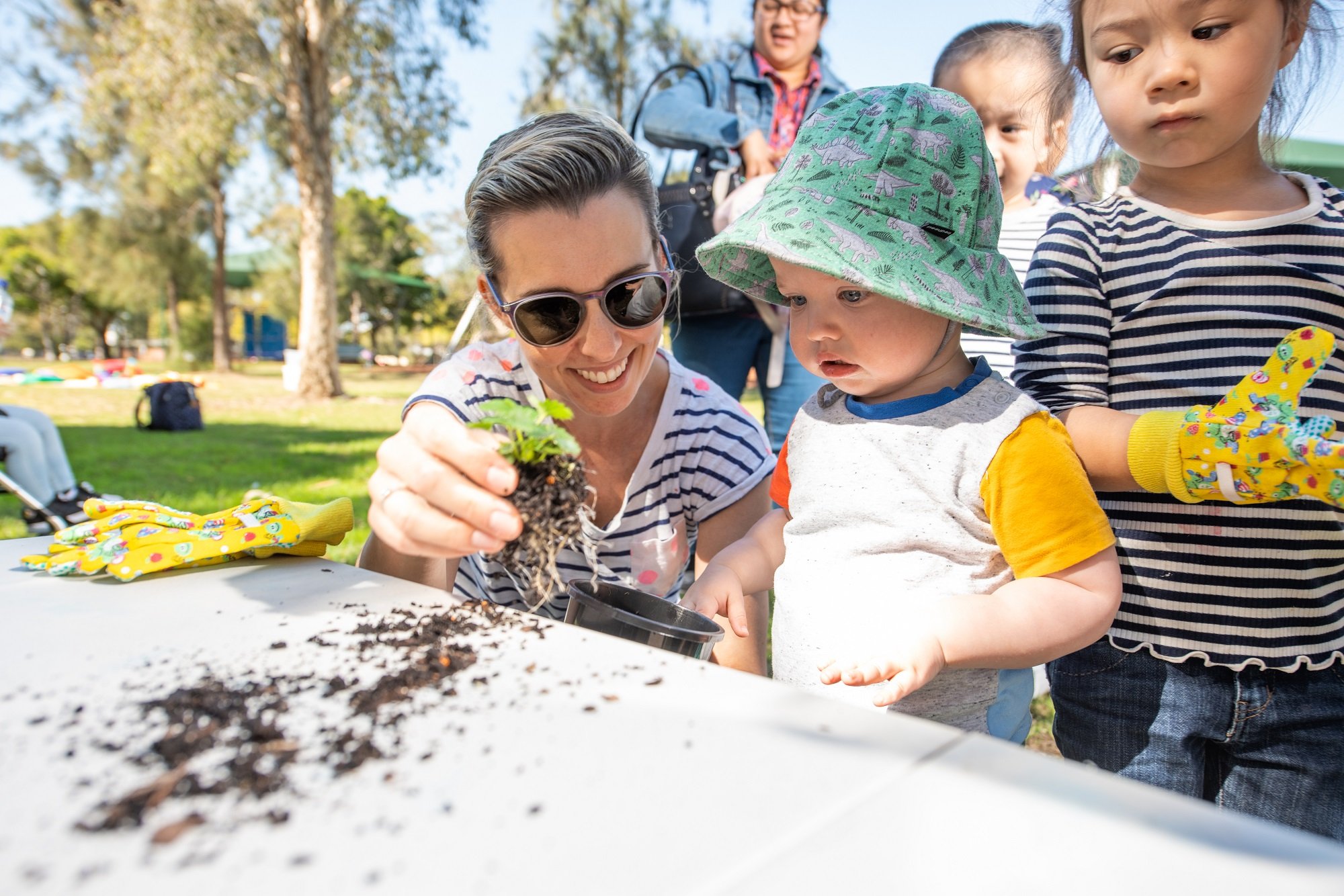
Encouraging a sustainable lifestyle
While adults often get overwhelmed with the idea of living a sustainable lifestyle, children are blessed with a focus on the present moment. They’re happy taking small actions towards a more sustainable way of living. Teaching children the five Rs of sustainability makes it easier for them to remember and follow. Some easy ways to get children involved in thinking sustainably might be:
Reduce
- Buy fewer toys and play with natural objects instead such as sticks, stones and seashells
- Take shorter showers or use less water in the bath
- Cut down on unnecessary electrical usage such as leaving lights on when we exit a room
Reuse and repair
- Set up an office in the playroom with old technology such as phones, keyboards and computer mice (make sure any batteries are removed!)
- Visit the teddy bears hospital to repair old toys
- Connect with a local men’s shed
- Learn basic sewing skills to make fun patches for clothes
Refuse
- Swap plastic cling wrap for beeswax wraps or metal containers to keep packed lunches fresh
- Avoid using plastic straws by using paper or metal straws instead
- Take a reusable container to takeaway places in place of single-use plastic containers
- Host a clothes swap party with families who have children of similar ages rather than buying new clothes
Repurpose
- Use old kitchen trays for sand play
- Use old pots and boots for plant holders
- Use old kitchen utensils for sand play
- Turn old t-shirts into reusable shopping bags and decorate them
- Use egg cartons for sorting and storing small toys
- Use old tights and stockings in the garden for tying up plants to stakes
- Use old newspapers for compost and as mulch in the garden
Rethink
- Plant seeds or cuttings for gifts instead of buying presents
- Make baked goods for gifts
- Walk, ride bikes or scooters to local areas such as shops, post offices and cafes instead of driving
- Make your own paints
- Use refillable bottles and let them decorate them instead of buying bottled water
Along with creating sustainable play opportunities, reading books about eco-friendly practices to children is sure to delight and educate them. Children absorb valuable messages through stories so they’re an excellent way to deliver a memorable lesson.
Our favourite books on sustainability are:
- Last Tree in the City by Peter Carnavas
- The Tiny Seed by Eric Carle
- All the Water in the World by George Ella Lyon
- The Giving Tree by Shel Silverstein
- How the Birds Got Their Colours an Aboriginal Storyby Pamela Lofts
- The Last Danceby Sally Morgan
- Fish by Brendan Kearney
.jpg?width=1915&height=1278&name=YARRABAH%20(14).jpg)
Young children are open-minded and curious, making them receptive to important messages about our world. We need to teach them sustainable practices through play and reading to ensure our future generation knows how to preserve our precious planet.
Find a play experience near you:
Subscribe to our newsletter >
Related content:
Advertisement:
.jpg)
